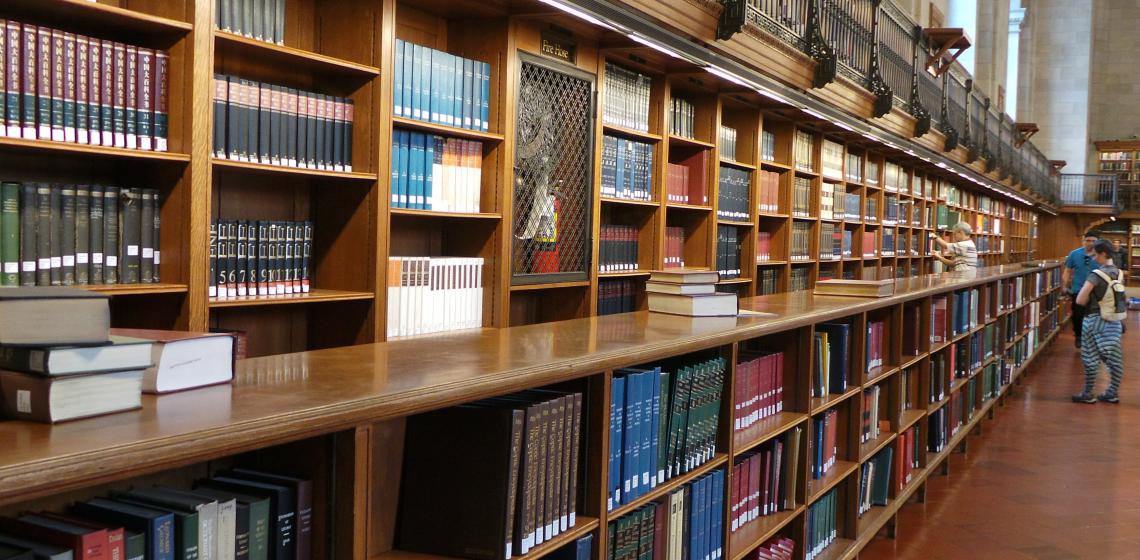
New York University (NYU) is a private research university based in New York City. Founded in 1831 by Albert Gallatin as an institution to "admit based upon merit rather than birthright or social class", NYU's historical campus is in Greenwich Village.
NYU is the largest independent research university in the United States. It also has degree-granting campuses in Abu Dhabi and Shanghai, and academic centers in Accra, Berlin, Buenos Aires, Florence, London, Los Angeles, Madrid, Paris, Prague, Sydney, Tel Aviv and Washington, DC. NYU is organized into 25 schools, including 10 undergraduate school and numerous graduate schools.
Department of Anthropology
The Department of Anthropology is one of the country's leading graduate and undergraduate centers for cultural anthropology, archaeology, linguistic anthropology, and biological anthropology—the four principal subfields studied in the undergraduate curriculum. The department considers its greatest assets to be the various individual areas of faculty expertise: archaeological specialties such as medieval archaeology and European, Near Eastern, and South Asian prehistory; biological anthropology areas such as molecular primatology, primate behavioral ecology, and paleoanthropology; linguistic anthropology foci such as discourse analysis and language socialization; and sociocultural anthropology specialties such as the ethnography of North America, Africa, India, China, the Near and Middle East, Russia and the former Soviet Union, the Caribbean, Latin America, Europe, Australia, and the South Pacific. Major theoretical emphasis is on the systems of thought and symbolic representation of the self and society; the relation between female and male domains of interaction; changing patterns of social organization and hierarchy within small-scale societies, urban settings, and bureaucratic institutions; medical anthropology; evolutionary approaches to the study of primate and human origins; religion; art; science studies; race and ethnicity; and the problem of ethnographic representation in film and other media.
Experimental Archaeology
The African Paleosciences Laboratory (https://www.africanpaleoscienceslab.org/) uses stone tool experiments to examine hominin bio-cultural evolution. The lab currently houses two inter-disciplinary experiments that address this research topic:
1. A study of the effects of learning conditions and individual differences on stone tool-making skill acquisition (in collaboration with the Paleolithic Social Transmission Research Network [PaST]).
2. An experimental examination of the relationship between functional constraints on the hominin skeleton, kinematic controls, and stone tool shape and size variability (in collaboration with Erin Marie Williams [Chatham University] and Neil Roach [Harvard University]).
The Anthrotopography Laboratory (https://wp.nyu.edu/csho/research/laboratories/anthrotopography_laboratory/) takes advantage of a common methodology (surface analysis) to link two strands of research into the material traces of human action at two fundamentally different scale: the microscopic and the landscape scale. We focus on two main questions:
1. How did ancient landscapes and their associated environments influence past human migrations; and
2. How did prehistoric people employ simple technologies to adapt to the diverse environments they encountered?
Currently, landscape-scale project focus on using remote sensing and other geoarchaeological methods to predict and discover new sites and ultimately understand the role of Central Asian mountain foothills in connecting various parts of Asia during the Stone Age (see Palaeosilkroad (https://wp.nyu.edu/csho/research/palaeosilk/) and Maibulak Projects (https://wp.nyu.edu/csho/?s=Maibulak)). At the microscopic scale, we are interested in characterizing use-traces through controlled experiments and using them to reconstruct the evolution of hominin gesture and motor control (see RoboCut Project, https://wp.nyu.edu/csho/research/research_projects/robocut/).
